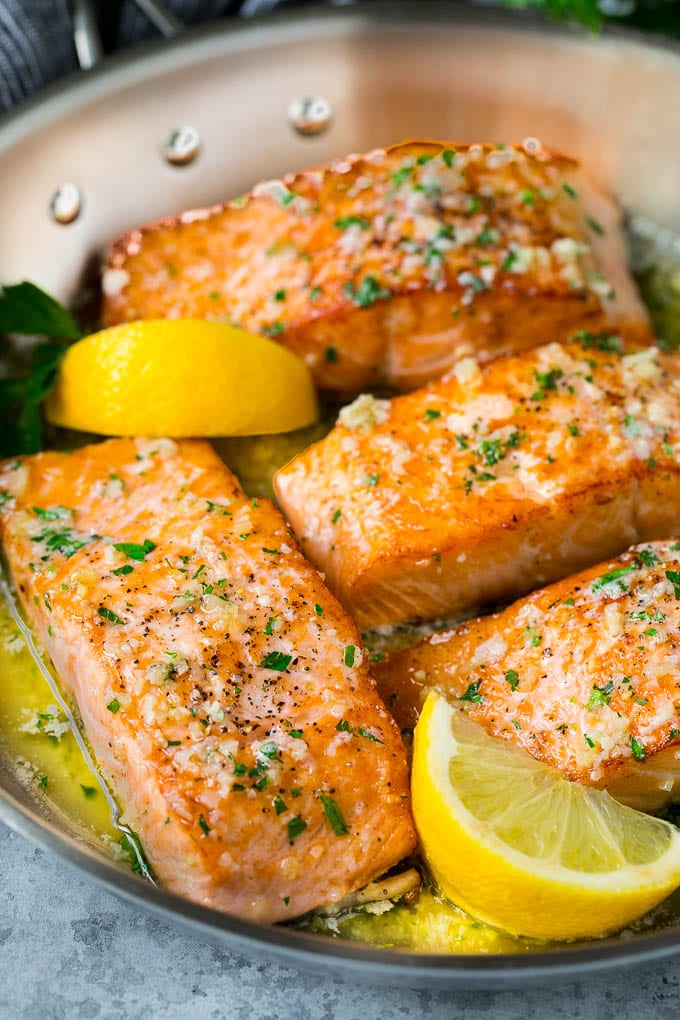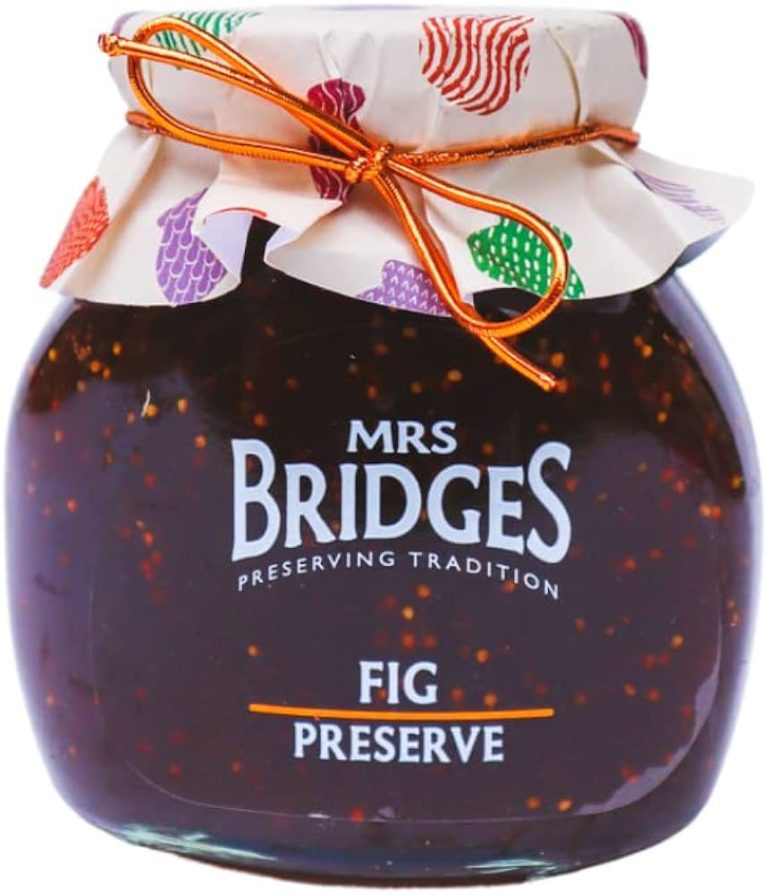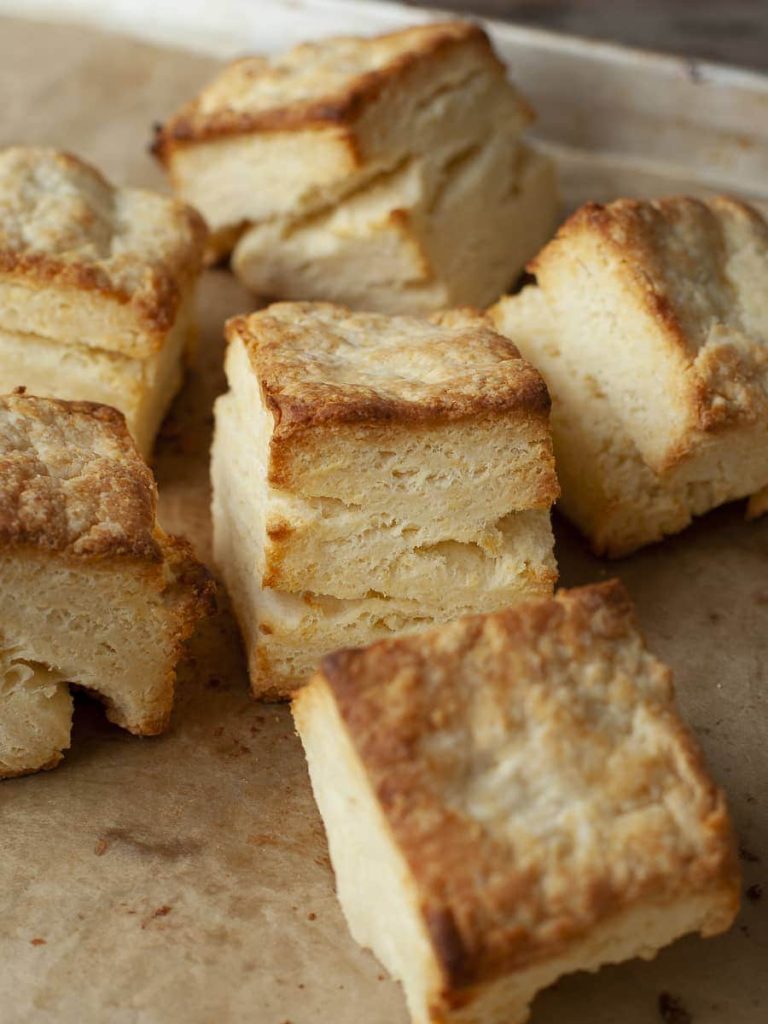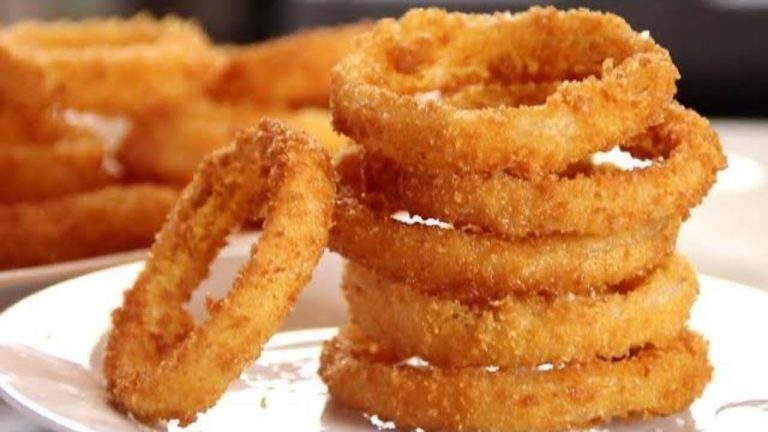Pan Fried Wild Salmon: A Simple, Delicious, and Healthy Recipe
Opt for sockeye, coho, or king salmon for pan frying. Sockeye (red salmon) has firm, deep red flesh, holding up well to high-heat cooking. Coho (silver salmon) is milder in flavor and slightly less fatty, ideal for delicate palates. King (chinook salmon) has the highest fat content, offering a rich and buttery taste, perfect for pan-searing. Chum and pink salmon are less fatty and often used for smoking or canning, not ideal for frying due to their leaner texture.
Fresh vs. Frozen: Which Is Better?
Fresh wild salmon retains maximum flavor and texture. If it’s sourced from a reputable supplier within its peak season (May to September), fresh salmon is typically rich, firm, and moist. Frozen wild salmon can be equally good if it’s flash-frozen at peak freshness. Ensure it’s vacuum-sealed to preserve quality. Thaw it in the fridge overnight for best results. Both options depend on availability and convenience, but fresh offers a slight edge in taste and texture if immediate cooking is planned.
Essential Tools and Ingredients
Best Pans for Pan Frying Salmon
Choose the right pan to achieve perfectly pan-fried wild salmon. A cast-iron skillet offers even heat distribution, ensuring a consistent cook. Non-stick pans prevent the salmon from sticking without needing excessive oil. Stainless steel pans provide a great sear by creating a golden-brown crust. Use medium to high heat for the optimal sear on your salmon.
Key Ingredients and Seasonings
Select high-quality ingredients and seasonings for the best flavor. Fresh wild salmon fillets are preferable for immediate cooking. Use extra-virgin olive oil or ghee to enhance the fish’s natural flavor. Season with kosher salt and freshly ground black pepper to bring out the salmon’s taste. Consider adding garlic cloves, fresh lemon juice, or dill for an extra layer of flavor. Soy sauce or honey can provide a unique twist, offering a balance of savory and sweet.
Step-by-Step Guide to Pan Frying Wild Salmon
Preparing the Salmon
Ensure your wild salmon fillets are at room temperature before cooking, enhancing even cooking. Ideally, salting the fillets at least 15 minutes before cooking allows the seasoning to penetrate the flesh. Pat the salmon dry with paper towels, ensuring a crispy skin if present. If using frozen fillets, thaw them completely in the refrigerator overnight or in a sealed plastic bag submerged in cold water for quicker thawing. Check for pin bones and remove any with tweezers.
Cooking Techniques and Times
Heat your chosen pan over medium-high heat, adding 1-2 tablespoons of extra-virgin olive oil or ghee. Once the oil shimmers but isn’t smoking, place the salmon fillets skin-side down if applicable. Cook fillets for 4-5 minutes on the skin side, or until the sides of the fish change color about halfway up the fillet. Flip carefully with a spatula, cooking the other side for an additional 3-4 minutes, depending on thickness. The salmon should be opaque and flake easily with a fork when done. For added flavor, drizzle with lemon juice and garnish with fresh dill.
Serving and Pairing Suggestions
Ideal Side Dishes
Serve pan fried wild salmon with diverse side dishes to create a balanced meal. For vibrant flavors, consider roasted vegetables like asparagus, Brussels sprouts, or carrots. These vegetables, when oven-roasted, bring out their natural sweetness, complementing the savory flavor of the salmon.
Whole grains like quinoa, wild rice, or farro also pair well. These grains offer a nutty taste and chewy texture, enhancing the dish’s overall experience. For a starchier option, mashed potatoes or sweet potatoes provide a creamy contrast to the crispy salmon skin.
Add a fresh element with crisp salads. A mixed greens salad with cherry tomatoes, cucumber, and a light vinaigrette offers a refreshing bite. Additionally, a Mediterranean-style salad with olives, feta, and red onions introduces bold complementary flavors.
Recommended Wine Pairings
Pairing wine with pan fried wild salmon enhances the dining experience. Opt for white wines with high acidity to balance the rich flavor of the salmon. Sauvignon Blanc, with its citrus notes and crisp finish, complements the fish’s fatty profile.
Chardonnay, particularly those that are unoaked or lightly oaked, presents a buttery texture that pairs well with the salmon’s tender flesh. For those who prefer a more robust flavor, Viognier, with its aromatic and fruit-forward profile, serves as an excellent match.
Don’t overlook light red wines. Pinot Noir, with its subtle tannins and berry flavors, provides a soft, elegant pairing without overpowering the salmon. Consider Rosé wines for a versatile option; their acidity and fruitiness work well with a variety of side dishes and enhance the salmon’s taste.
Nutritional Benefits of Wild Salmon
Comparing Wild vs. Farmed Salmon Nutrition
Wild salmon offers higher nutritional content compared to farmed salmon, especially in omega-3 fatty acids. A 100-gram serving of wild salmon provides approximately 1,000 milligrams of omega-3s, while farmed salmon offers about 600 milligrams. Wild salmon also has fewer calories and less fat. A 100-gram portion contains around 142 calories and 6 grams of fat, in contrast to farmed salmon, which has around 206 calories and 13 grams of fat. Wild salmon contains more protein, offering about 25 grams per 100 grams serving, whereas farmed salmon contains approximately 20 grams.
Health Benefits of Regularly Eating Wild Salmon
You can improve heart health by regularly consuming wild salmon, thanks to its rich omega-3 content. Omega-3 fatty acids help reduce inflammation, lower blood pressure, and decrease the risk of heart disease. Wild salmon supports brain health with its high levels of DHA, a type of omega-3 fatty acid crucial for cognitive function. Including wild salmon in your diet can enhance skin health due to its antioxidant properties, particularly astaxanthin, which helps prevent skin damage and promotes elasticity. Additionally, it boosts immune function, thanks to its high vitamin D and selenium content.
| Nutrient | Wild Salmon (Per 100g) | Farmed Salmon (Per 100g) |
|-------------------|------------------------|--------------------------|
| Omega-3 (mg) | 1,000 | 600 |
| Calories | 142 | 206 |
| Fat (g) | 6 | 13 |
| Protein (g) | 25 | 20 |
| Vitamin D (IU) | 570 | 150 |
| Selenium (mcg) | 30 | 25 |
Conclusion
Pan-fried wild salmon isn’t just a culinary delight; it’s a nutritional powerhouse that can elevate your meals and boost your health. By choosing wild over farmed salmon, you’re opting for higher omega-3 content and fewer calories, making it a smart choice for your diet. Pair it with your favorite sides and a good wine, and you’ve got a meal that’s both delicious and beneficial. Whether you’re a seasoned cook or a beginner, pan-frying wild salmon is a simple yet rewarding way to enjoy this incredible fish.






